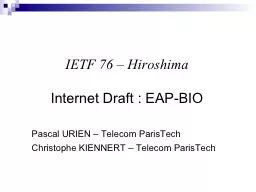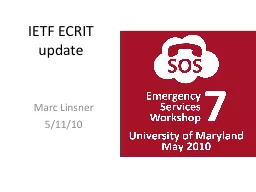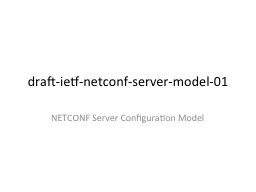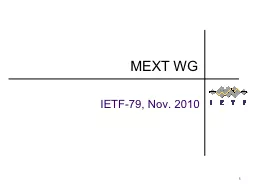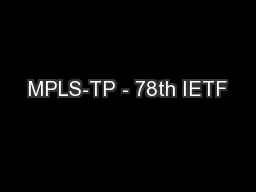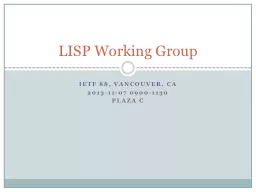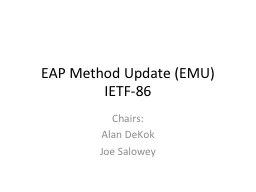PPT-IETF 76 – Hiroshima
Author : trish-goza | Published Date : 2016-02-20
Internet Draft EAPBIO Pascal URIEN Telecom ParisTech Christophe KIENNERT Telecom ParisTech Introduction Combine EAPTTLS with Biometry Project developed for particular
Presentation Embed Code
Download Presentation
Download Presentation The PPT/PDF document "IETF 76 – Hiroshima" is the property of its rightful owner. Permission is granted to download and print the materials on this website for personal, non-commercial use only, and to display it on your personal computer provided you do not modify the materials and that you retain all copyright notices contained in the materials. By downloading content from our website, you accept the terms of this agreement.
IETF 76 – Hiroshima: Transcript
Download Rules Of Document
"IETF 76 – Hiroshima"The content belongs to its owner. You may download and print it for personal use, without modification, and keep all copyright notices. By downloading, you agree to these terms.
Related Documents

